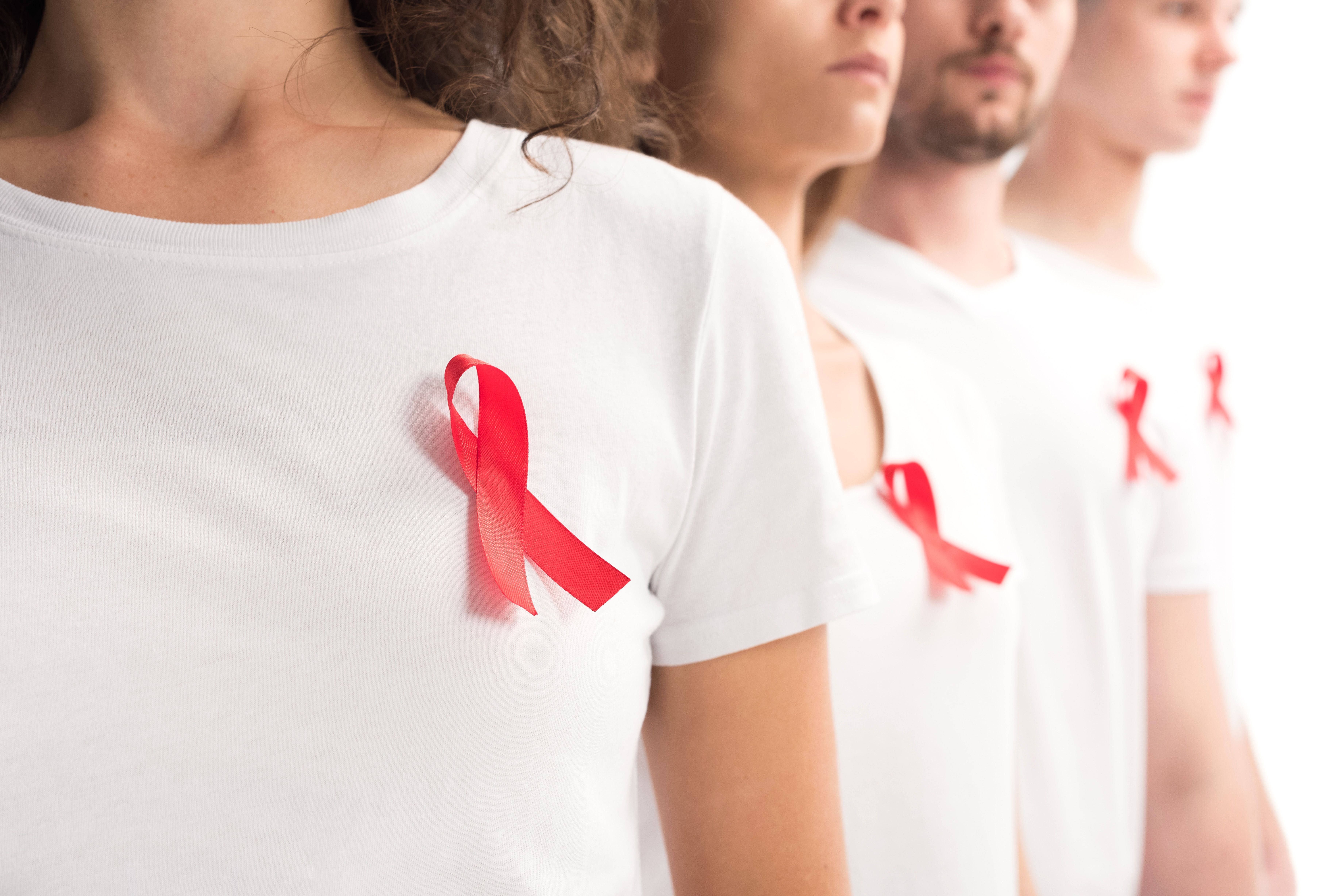News
Article
Racial Disparities in Aging-Related Health Outcomes Linked to Accelerated DNAm Aging
Author(s):
Persistent and profound racial disparities in aging-related health outcomes among older Americans have been demonstrated in a recent investigation, shedding light on the concept of accelerated biological aging, referred to as "weathering," that disproportionately affects Black individuals when compared with their White counterparts.1
The study, conducted by Isabel Yannatos, PhD, Department of Neurology, University of Pennsylvania, Philadelphia, Pennsylvania, and a team of investigators, evaluated the complex relationship between individual socioeconomic status (SES), environmental factors, and DNA methylation (DNAm) aging, potentially contributing to these disparities.
The phenomenon of "weathering" has long been recognized as a stark reality for many Black Americans, with health disparities emerging earlier in life and intensifying with age. To investigate the underlying mechanisms driving these disparities, investigators honed in on the intricate relationship between DNAm aging, socioeconomic factors, and environmental influences.
DNAm aging, measured as biological age, distinct from chronological age, has been shown to correlate with age-related health outcomes and social adversity. Utilizing 2 distinct DNAm aging metrics, GrimAge and Dunedin Pace of Aging methylation (DPoAm), the study enrolled 2960 non-Hispanic participants, of which 82% were white and 18% were Black, from the Health and Retirement Study.
The research revealed striking results involving retrospective cross-sectional analyses, linking 2016 DNAm age to survey responses and geographic data.
Black individuals, on average, exhibited significantly accelerated DNAm aging compared with their white counterparts, with GrimAge and DPoAm scores showing a staggering 239% and 238% increase, respectively. These findings emphasize the urgency of addressing the underlying contributors to such accelerated aging and its associated health outcomes.
The study's multivariable linear regression models, combined with a meticulous threefold decomposition analysis, aimed to pinpoint the key factors driving this alarming disparity. Among the array of factors examined were individual-level SES, neighborhood social environment, and air pollution exposures, encompassing fine particulate matter, nitrogen dioxide, and ozone levels.
The role of perceived neighborhood social and physical disorder was also investigated. The models incorporated race and gender as covariates to comprehensively assess the contributing elements.
Notably, investigators identified individual-level SES as a substantial driver of the disparity in both GrimAge and DPoAm aging. The influence of socioeconomic deprivation at the census-tract level was particularly pronounced, significantly contributing to the racial gap in GrimAge aging. Additionally, the research suggested Black participants exhibited heightened vulnerability to fine particulate matter exposure in relation to DPoAm aging.
This susceptibility could potentially be attributed to the intricate interplay between individual and neighborhood-level SES, further exacerbating the racial disparity observed in DPoAm aging.
The findings of this study exemplify the profound impact of DNAm aging and the intricate web of socioeconomic and environmental factors that contribute to accelerated aging among Black individuals in the US. The concept of "weathering," which reflects the cumulative toll of systemic inequities, is further substantiated by these results, highlighting the pressing need for targeted interventions addressing both individual and societal contributors to health disparities among older Americans.
As the research aptly suggests, DNAm aging might indeed play a pivotal role in explaining how the environment permeates biology, ultimately shaping the divergent health trajectories of Black and white older Americans.
“Eliminating disparities in biological aging, or weathering, would greatly reduce the persistent and pervasive disparities in health between aging Black and White Americans,” investigators wrote.2
References
1. Yannatos I, Stites S, Brown RT, McMillan CT (2023) Contributions of neighborhood social environment and air pollution exposure to Black-White disparities in epigenetic aging. PLOS ONE 18(7): e0287112. https://doi.org/10.1371/journal.pone.0287112
2. Harris E. Study Helps Explain Racial Disparities in Biological Aging. JAMA. 2023;330(6):496. doi:10.1001/jama.2023.12555
2 Commerce Drive
Suite 100
Cranbury, NJ 08512
© 2025 MJH Life Sciences® and AJMC®.
All rights reserved.





